An African-American Denim Pioneer’s Revolutionary Washing Invention

Published January 29, 2024
In the fabric of denim's history, Maurice Malone has stitched a legacy of innovation. At the forefront of his achievements in the early 2000s was a groundbreaking method to artificially age jeans—a process that would set a new benchmark in denim manufacturing. This was a time before the widespread use of laser technology, which currently imprints wear patterns onto denim, vastly decreasing water use. Malone's commitment was to create a wash that would authentically mirror the affection of time on fabric.

The journey began with a simple yet game-changing idea from Malone: to use a mannequin with bendable knees and legs to mimic the human body's impact on denim wear. The goal was to apply resin—a hardening agent used by industrial laundries—precisely enough to maintain the jeans' worn shapes and wrinkles. He first tested this theory with wire fencing and flexible heating tubes, which helped form the denim's initial wear patterns, before finalizing them in the heat of large walk-in ovens, which were used at the time.

To elevate this concept, Malone sought the expertise of Genaro Hernandez, a longtime friend and owner of the Los Angeles-based Denim Development Group. Hernandez's know-how of the nuances of chemical mixing was critical. Malone flew him into China, where together they worked with Malone’s factory partner to refine the chemical mixing and streamline the production for manufacturing.

The initial prototypes involved heating tubes to mimic how legs blend and flex, setting the stage for what Maurice’s factory partner produced: curved metal pipes that could be heated to sculpt and set the jeans. This new method quickly spread and transformed the denim industry throughout China and then around the world, allowing for a rapid, streamlined process that delivered results with unprecedented authenticity.

In 2006, Maurice Malone poses with his innovative washing equipment, showing an example of how jeans can be shaped to hold their form on the steam pipe system developed by Wen's Garment Factory Ltd. in Guangzhou, China.
Around the same time, Hernandez used Malone's original mannequin idea, which took the process to the next level. Working with a manufacturer in South America, he created a machine with mechanical legs that could bend and straighten, simulating the lower half of the human body. Covered by a heating hood, this apparatus could cure the jeans in their true-to-life worn shape, further refining the aging process.
The innovation that Malone sparked and Hernandez brought to life became another cornerstone technique within denim laundries worldwide. It stands as a testament to Malone's vision and ingenuity.
Today, both of these innovations are still standards across global wash factories, shaping the jeans that grace the displays from high-end boutiques to everyday retailers. While the origin story of these groundbreaking techniques isn't widely known, it was indeed Maurice Malone who laid the groundwork for the future of denim washing, marking him as one of the true revolutionaries in the history of denim manufacturing.


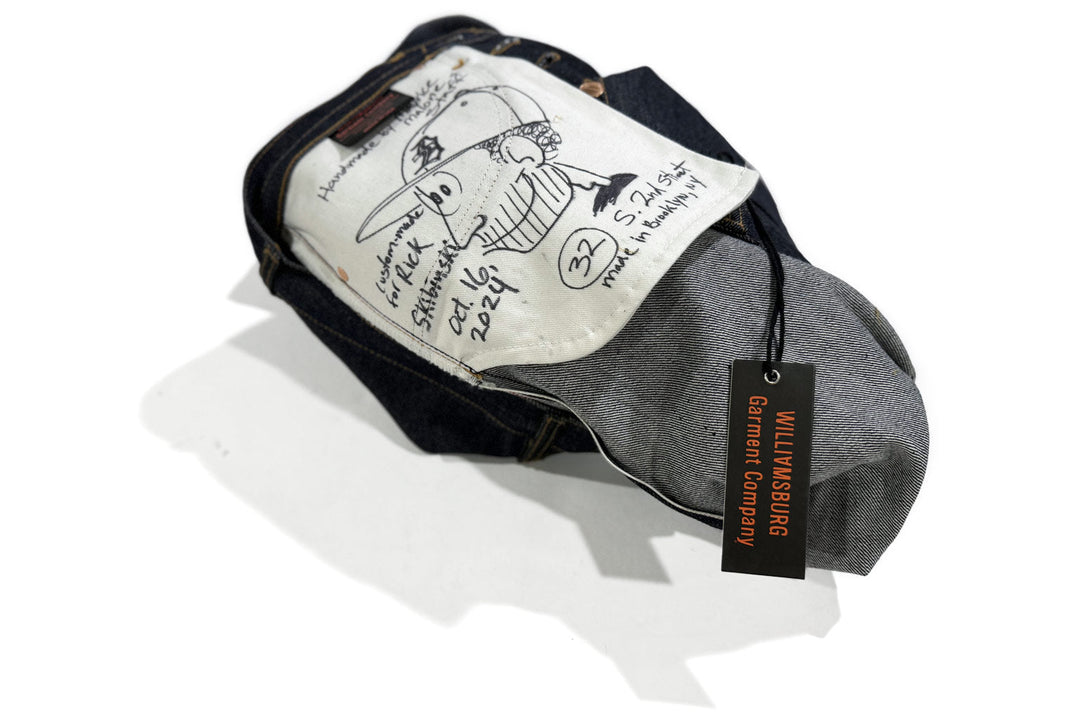
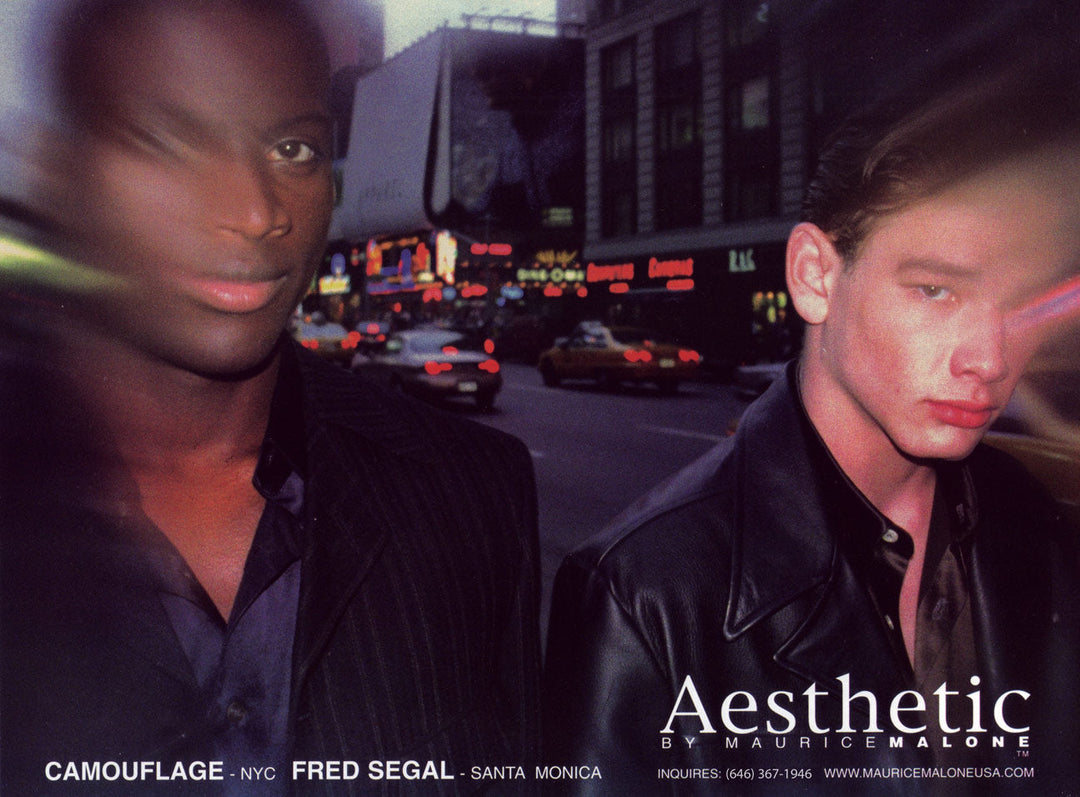
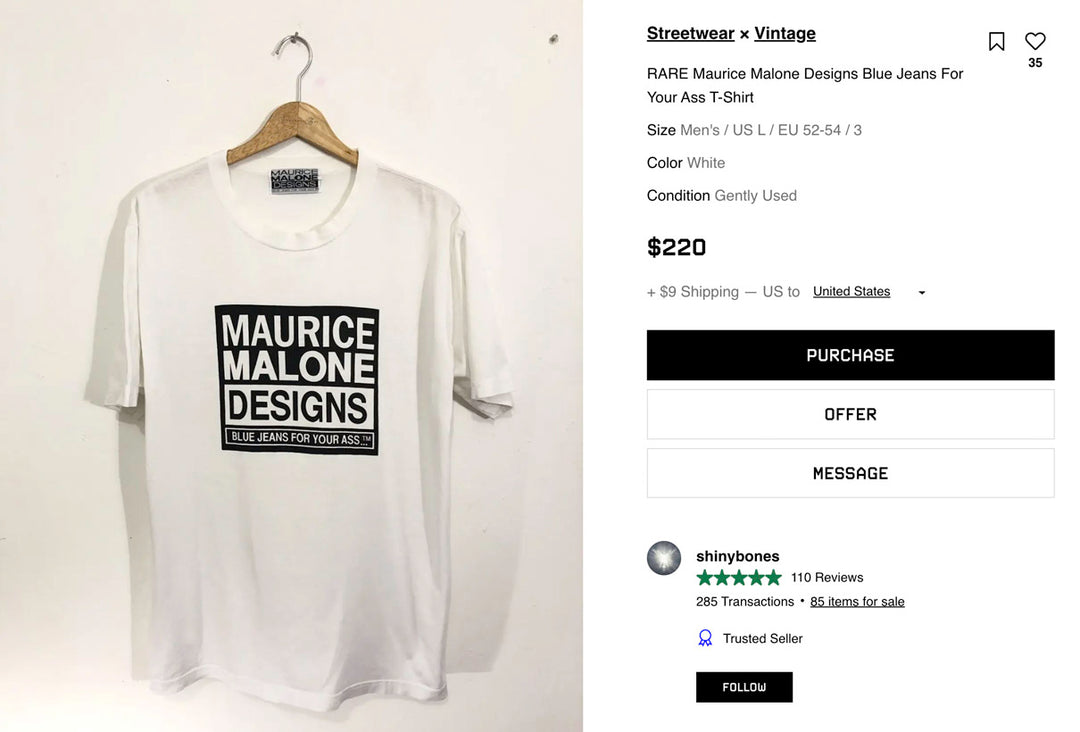
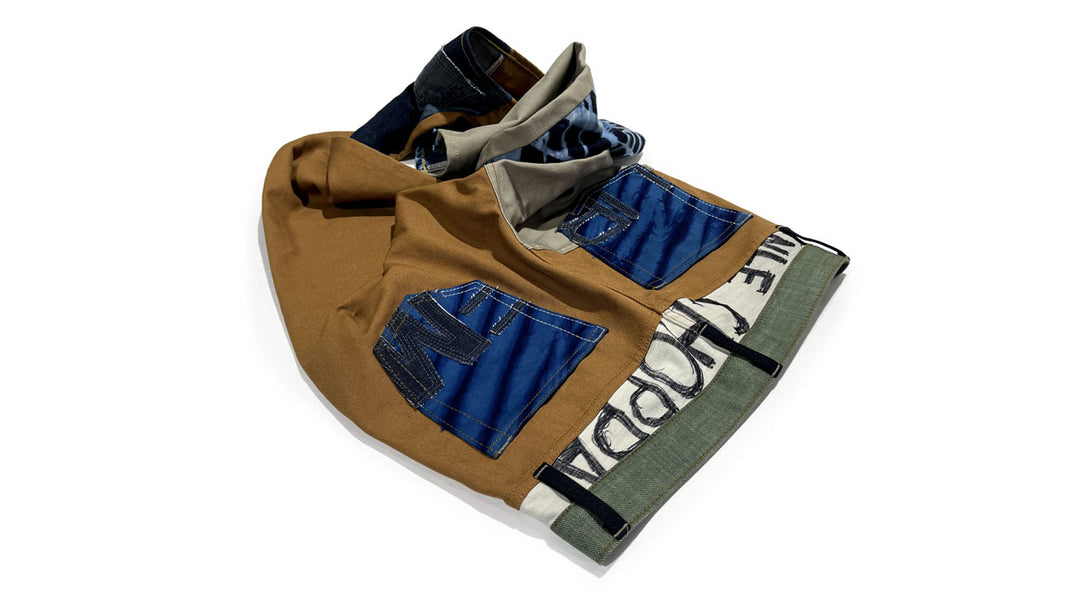
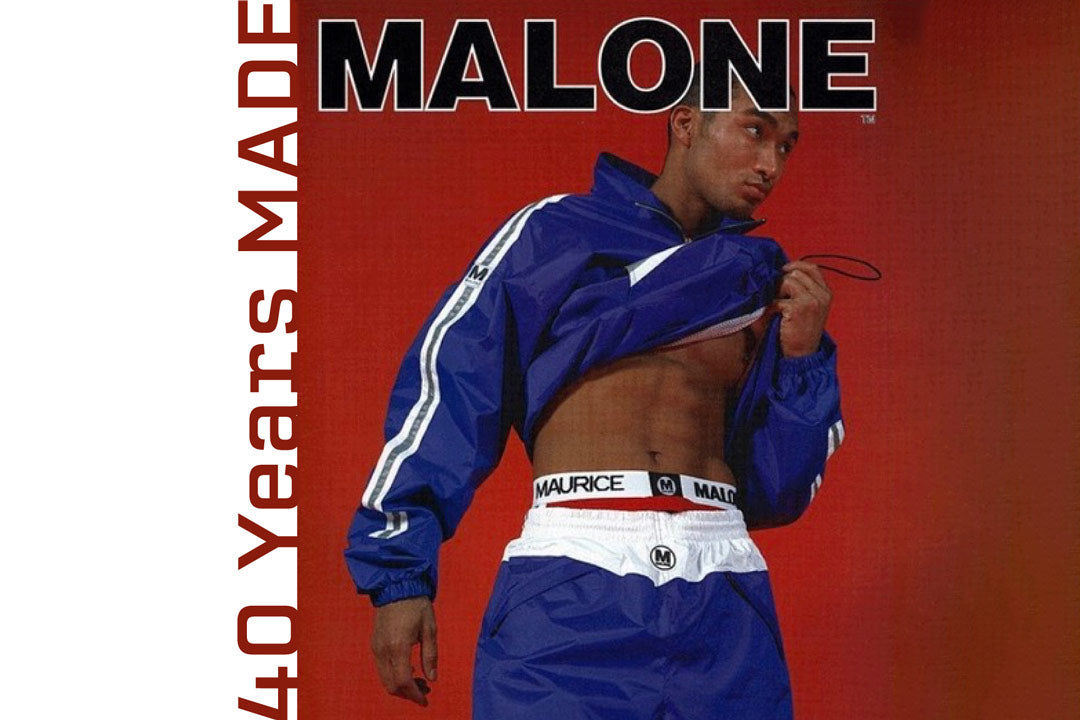

Leave a comment